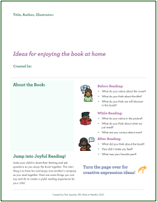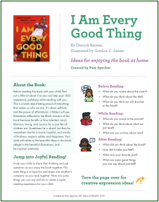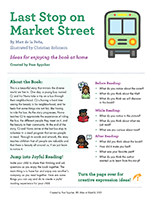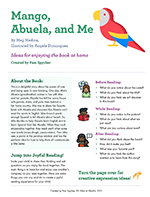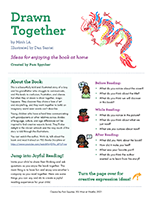Joyful Literacy is an evidence-based, culturally and linguistically sustaining, and whole-child approach to support young children’s literacy development. The approach integrates socioemotional learning strategies and creative expression activities with evidence-based early literacy practices. When engaged with these practices, children develop language, literacy, and critical thinking skills while also learning how literacy can be creative, evoke feelings of joy, and cultivate a sense of belonging in school.
Resources to Support Implementation
In this Planning Guide, Dr. Pamela Spycher shares tips, tools, planning templates, and family engagement resources for implementing Joyful Literacy with young children in preschool through the early elementary grades. The accompanying video provides guidance on how to effectively use the Planning Guide, and an additional resource on teaching foundational literacy skills by Dr. Spycher supports a comprehensive early literacy program.
Research to Practice Guidance
These REL West resources share practical strategies for teachers to promote joyful learning experiences—through interactive reading, creative writing, and the arts—for children in preschool through the early elementary grades. The guidance offered emphasizes educating the whole child, culturally and linguistically sustaining practices, and social-emotional learning. The resources are based on the What Works Clearinghouse practice guide, Improving Reading Comprehension in Kindergarten through 3rd Grade, the National Clearinghouse for English Language Acquisition teaching practice brief, Integrating Language Into Early Childhood Education, and other research-based guidance.
Webinar Videos
Scaffolding Emergent Reading, Oral Language, and Writing for Dual Language Learners/English Learners in PreK–1st Grade
Learn about practical ideas for engaging young children with complex texts and supporting them to talk and write about the texts.
Language & Literacy Development in PreK–1st Grade: Words and More
Explore how teachers can build language-rich classrooms to cultivate young children’s language development.
Joyful Reading at School and at Home: A storybook reading routine
Delve into a routine for interactive read alouds using culturally affirming storybooks, which can be used by teachers, families, and caregivers.
Joyful Reading at School and at Home: Creative expression activities
Learn how to expand on the joyful reading routine with creative expression activities and how to implement them in partnership with parents and families.
Home and School Activity Guides
The resources below provide ideas for engaging young multilingual learners in joyful reading and supporting their language and literacy development. The reading activity guides can be shared with parents, families, and caregivers to strengthen school-home literacy partnerships.

Home and School Activity Guides: Esther the Wonder Pig by Steve Jenkins, Derek Walter, & Caprice Crane
Instructional Videos
A Teaching Routine for Academic Vocabulary in Grades PreK–1
This video walks viewers through a 3-step routine for teaching new vocabulary to young children that includes lots of opportunities to practice using the new word in different ways.
Interactive Readalouds: Learning from books together
This video shares tips for asking effective questions for both on-the-surface and deeper-dive discussions of books, models the read aloud process, and introduces a writing task and a read aloud planning template.
Download the related lesson planning template, which includes step-by-step instructions for planning your own interactive read alouds.
Interactive writing instruction online with young children
This video demonstrates how to facilitate an interactive writing lesson with kindergarteners and first graders in a distance learning environment. Watch Professor Nell K. Duke from the University of Michigan as she teaches children how to collaboratively write a letter using an online interactive whiteboard.

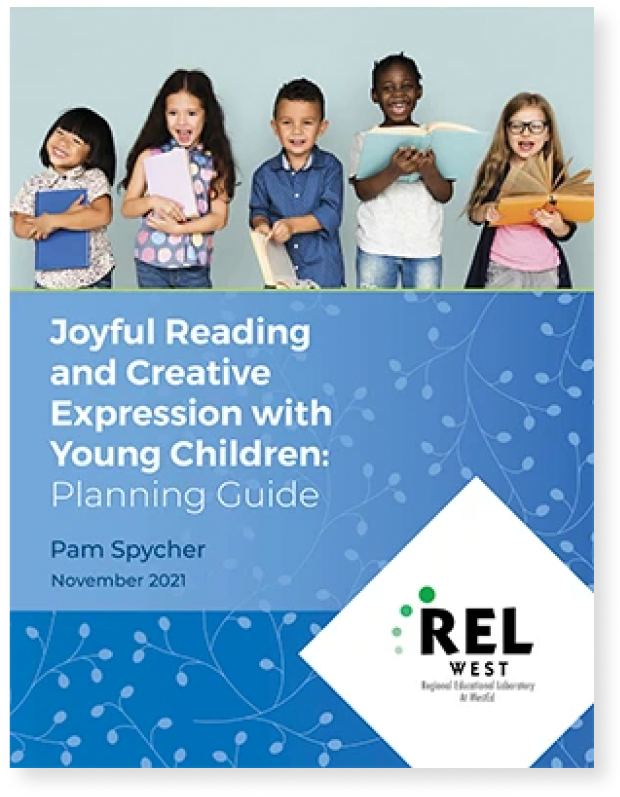
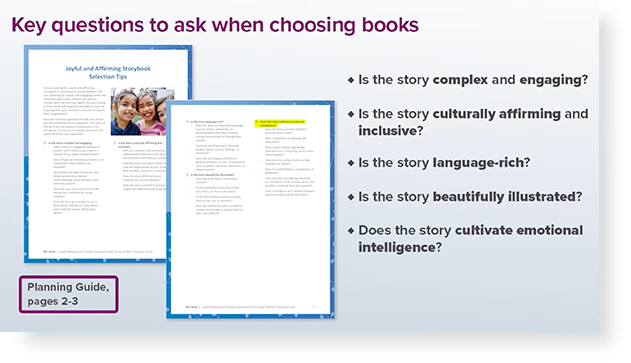
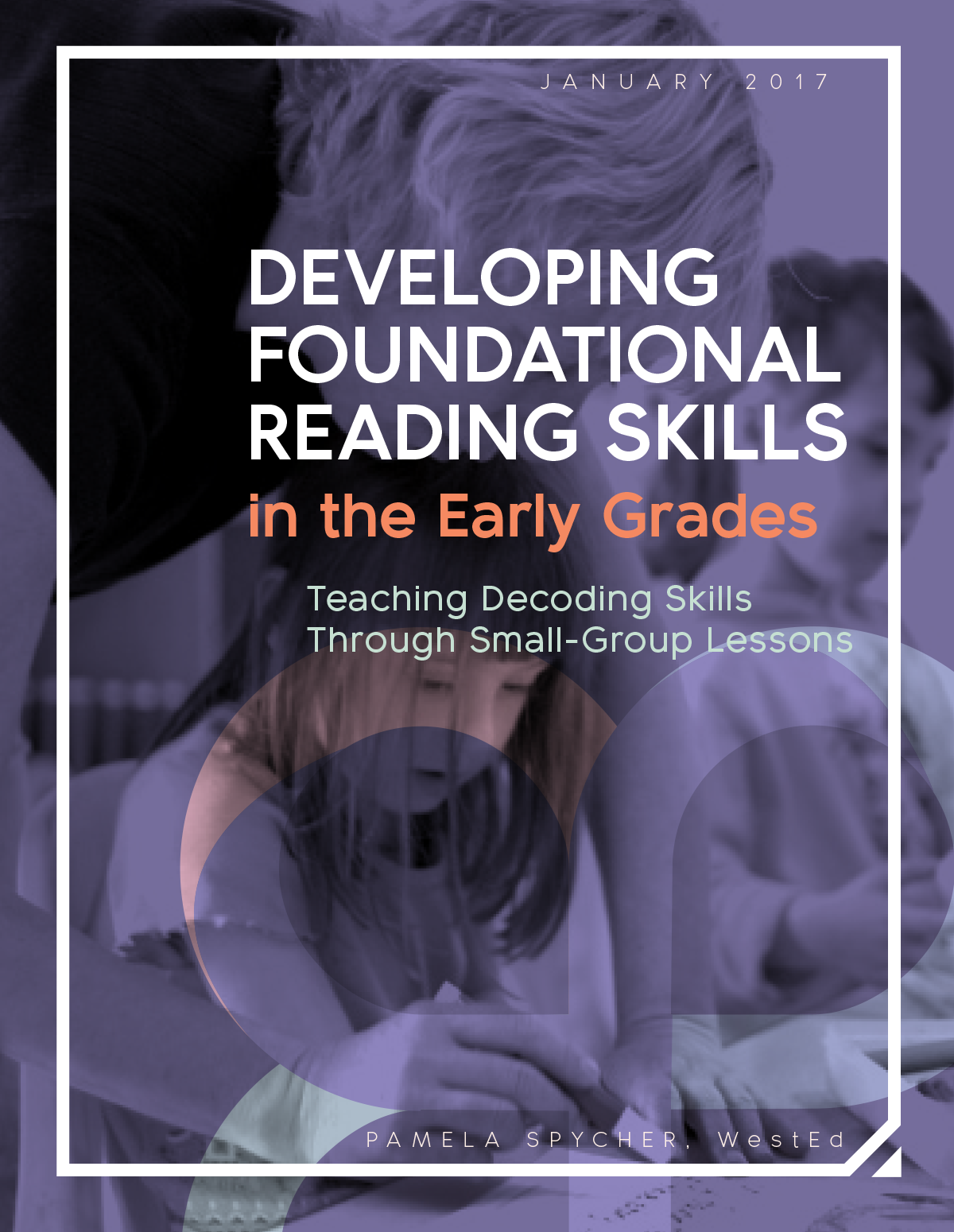
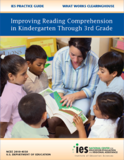 Improving Reading Comprehension in Kindergarten through 3rd Grade
Improving Reading Comprehension in Kindergarten through 3rd Grade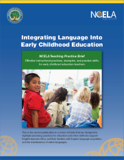 Integrating Language Into Early Childhood Education
Integrating Language Into Early Childhood Education